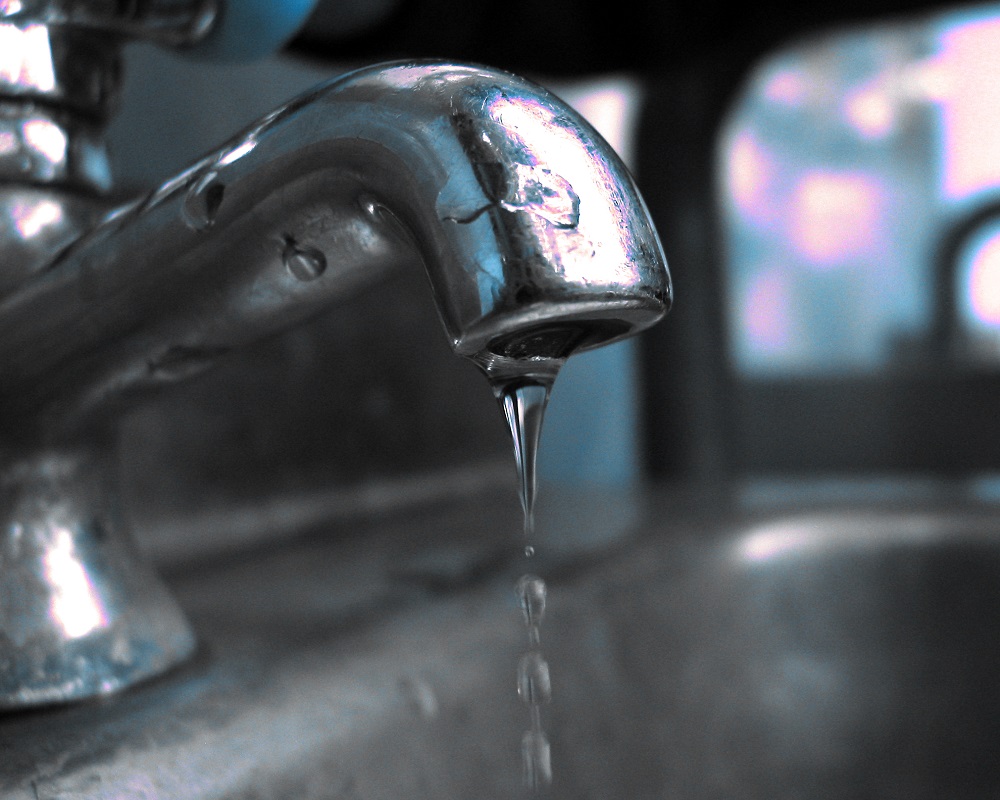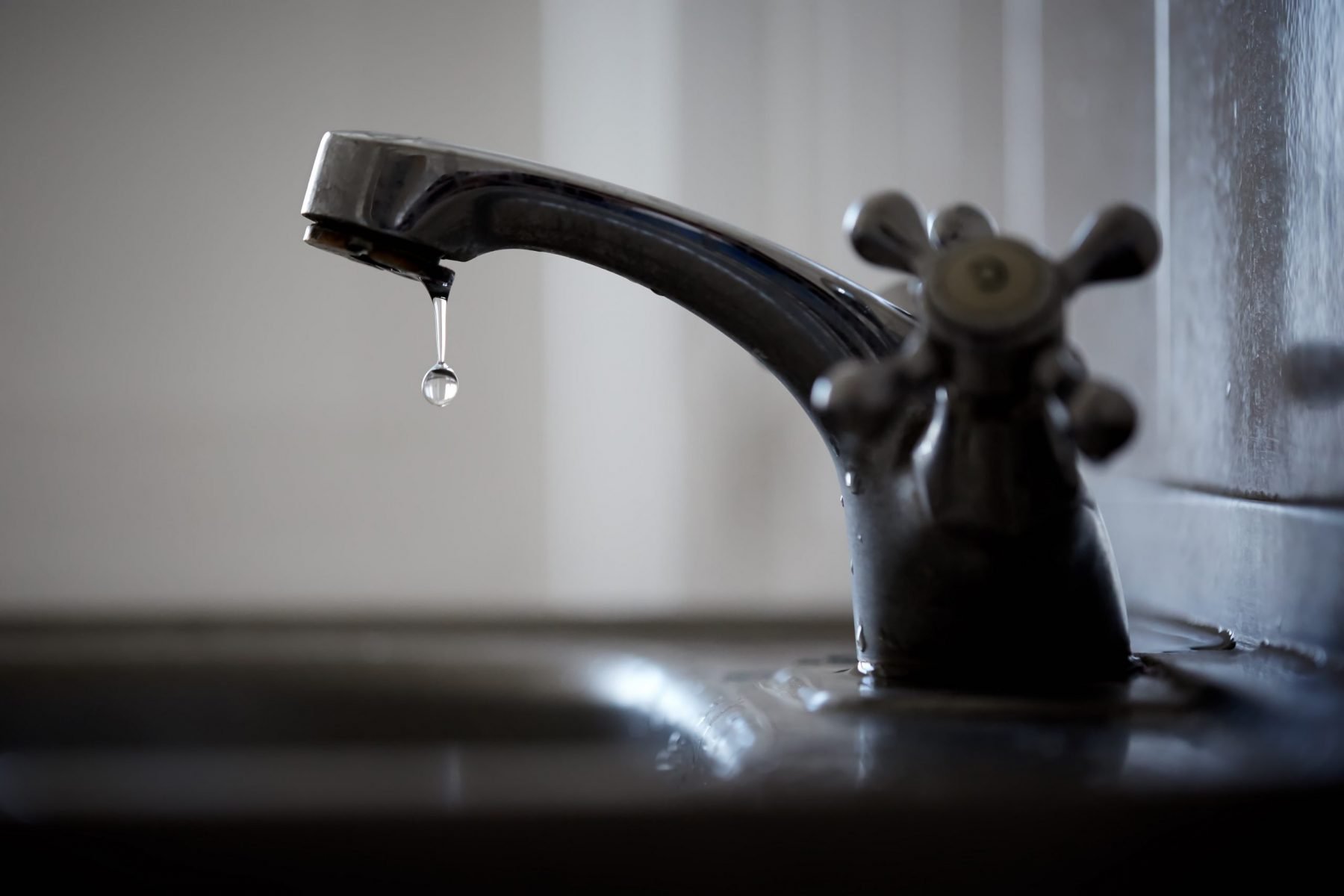Uncovering the Outcomes of Constant Busted
Uncovering the Outcomes of Constant Busted
Blog Article
What are your beliefs on Here's How to Fix a Leaky Faucet?

Introduction
A dripping faucet might feel like a minor nuisance, but its consequences prolong much past the occasional drip. Recognizing the results of a leaking tap is critical for both property owners and the setting. In this write-up, we'll check out the various effects of this common house problem and why resolving it promptly is necessary.
Reasons For Leaky Faucets
Leaky taps can arise from a variety of elements, consisting of wear and tear, high water pressure, and rust. In time, the continuous use of faucets can lead to damaged seals and gaskets, triggering leaks to create. Furthermore, excessive water stress can put pressure on plumbing fixtures, resulting in leaks. Corrosion and corrosion can likewise damage faucet parts, making them prone to leak.
Water Wastefulness
One of one of the most considerable effects of a leaking tap is water waste. Even a small drip can add up to gallons of drainage with time. This not only increases water costs yet additionally adds to water shortage and ecological destruction. Dealing with leaking taps promptly is important for conserving this priceless resource and minimizing its impact on the earth.
Financial Impact
In addition to wasting water, leaking faucets can likewise have a substantial economic influence. Increased water bills are a straight consequence of water wastefulness, setting you back homeowners hundreds of dollars every year. Furthermore, the expense of fixing water damage brought on by leakages can be significant, especially if left ignored for an extended period.
Environmental Influence
The ecological influence of leaking taps extends past water waste. By preserving water, house owners can contribute to broader efforts to alleviate water shortage and shield all-natural ecosystems. Lasting options such as rainwater harvesting and water-efficient components can additionally decrease the ecological footprint of house water use.
Technical Solutions
Developments in technology have brought about the growth of wise faucets and water-saving gadgets that aid lessen water wastage. Smart taps make use of sensing units to detect movement and adjust water circulation accordingly, decreasing waste without compromising ease. Water-saving gadgets such as aerators and low-flow showerheads are likewise effective in saving water without compromising efficiency.
Worldwide Perspectives
While leaking faucets might look like a local concern, they add to wider global difficulties such as water shortage and climate adjustment. In areas currently dealing with water stress and anxiety, every drop counts, making leakage prevention and repair necessary. By embracing water-saving techniques and investing in lasting modern technologies, house owners can play their component in addressing these pressing global issues.
Regulatory Measures
Government regulations play a critical duty in mitigating the impact of leaky taps and promoting water conservation. From constructing codes that call for water-efficient components to water-saving rewards and rebates, policymakers have a range of tools at their disposal. By carrying out and applying these regulations, governments can ensure that homeowners focus on water conservation in their lives.
Area Impact
Addressing dripping taps requires cumulative initiatives at the community degree. By increasing awareness concerning the value of water conservation and giving resources for leakage detection and fixing, regional authorities can encourage property owners to take action. Campaigns such as water-saving rebate programs and leakage discovery campaigns can incentivize habits change and promote accountable water usage.
Situation Studies
Real-life examples of the effect of leaking taps emphasize the importance of positive upkeep and timely repairs. From water damages to increasing water bills, the consequences of disregarding leakages can be severe. By sharing these study, house owners can better comprehend the relevance of dealing with leaking faucets immediately.
Educational Campaigns
Educational campaigns play a vital role in elevating understanding regarding the results of leaky faucets and advertising water conservation methods. Via workshops, seminars, and online resources, property owners can learn just how to identify and fix leaks themselves. By equipping people with expertise and tools, educational campaigns can foster a culture of accountable water use within areas.
Health Concerns
Leaking taps can create helpful environments for mold and mildew and mold growth, presenting health and wellness dangers to residents. The visibility of mold and mildew can aggravate breathing concerns and allergies, especially in prone individuals. Additionally, water damages resulting from leakages can jeopardize the structural stability of structures and cause costly repairs.
DIY vs. Professional Repair service
When faced with a leaking tap, property owners often dispute whether to attempt repair services themselves or employ a professional plumber. While DIY fixings can save cash, they may not always deal with the hidden problem efficiently. Specialist plumbing technicians have the proficiency and tools to diagnose and take care of leakages correctly, guaranteeing long-lasting options and comfort for house owners.
Safety nets
Stopping leaking faucets calls for routine maintenance and proactive measures. Basic jobs such as replacing damaged washers and seals can prevent leaks from developing. Additionally, upgrading to high-quality fixtures and reducing water stress can help prolong the lifespan of taps and lessen the danger of leakages.
Conclusion
Finally, the results of a dripping faucet extend much beyond the periodic drip. From water wastage and raised water bills to wellness issues and environmental influence, the effects of neglecting leaks can be significant. By dealing with leaking faucets without delay and embracing water-saving techniques, home owners can alleviate these impacts and add to an extra lasting future.
Why You Shouldn’t Ignore a Leaky Faucet in Your Home
What Causes a Leaky Faucet?
Various factors can cause a leak, from loose and worn-out parts to corrosion. Your faucet has four essential components from which most plumbing issues will stem: the O-ring, the valve seat, the washer and the gasket.
What Is an O-Ring?
The O-ring is a stem screw that fastens parts of the faucet in place, preventing water from leaking out of the spout. Depending on your faucet type, the stem might have multiple O-rings. Water will drip from the faucet’s handles and base if this part breaks or deteriorates.
What Is a Valve Seat?
The valve seat controls the flow and temperature of the water. Found at the base of the handle, it works as a seal for the faucet’s stem. The valve seat ensures the water is allowed to flow or is blocked as the handles dictate. You’ll know it’s malfunctioning when water leaks from your faucet’s sides.
What Is a Gasket?
The gasket is found between the water inlet and the valve stem. It creates a seal between the faucet and the sink, holding its joints by aerators attached to the stem’s head. Water will trickle out from the base if the gasket isn’t working.
What Is a Washer?
The washer secures the handles and prevents leakage, serving a similar purpose to the O-ring. While the O-ring is ordinarily round and made from an elastic material, such as rubber, the washer is square-shaped and composed of brass, copper and other hard metals. If it malfunctions, corrodes or has been improperly installed, water will leak out of the handles, causing that incessant faucet drip.
Why Is a Leaky Faucet Dangerous?
A leaky faucet left alone for too long can have significant consequences.
Pest Infestations
Since bugs and rodents gravitate towards the scent of water, a leaky faucet will draw pests to your sink. Both are looking for leaks accessible through crawl spaces, which a faucet provides. If you leave water dripping for too long, you run the risk of an infestation.
Rust
If one of the faucet parts has started to corrode, the resulting rust can spread to your pipes and valves with startling speed. The rust might even lead to cracks or other impairments, resulting in more severe plumbing issues.
Your sink could also sustain damage from a leaky faucet. The water in your tap possesses sparse elements of calcium and iron that can stain your sink with repeated and prolonged exposure. Once those elements in the water have been open to the air for some time, your sink will start to rust, creating marks that can be difficult to remove.
https://www.tomsmechanical.com/blog/why-you-shouldnt-ignore-a-leaky-faucet-in-your-home

Do you appreciate reading about Potential Health Risks Associated With Leaky Faucets? Leave a short review directly below. We'd be happy to know your views about this article. We hope that you visit us again in the near future. Sharing is caring. Helping others is fun. Many thanks for your time invested reading it.
Report this page